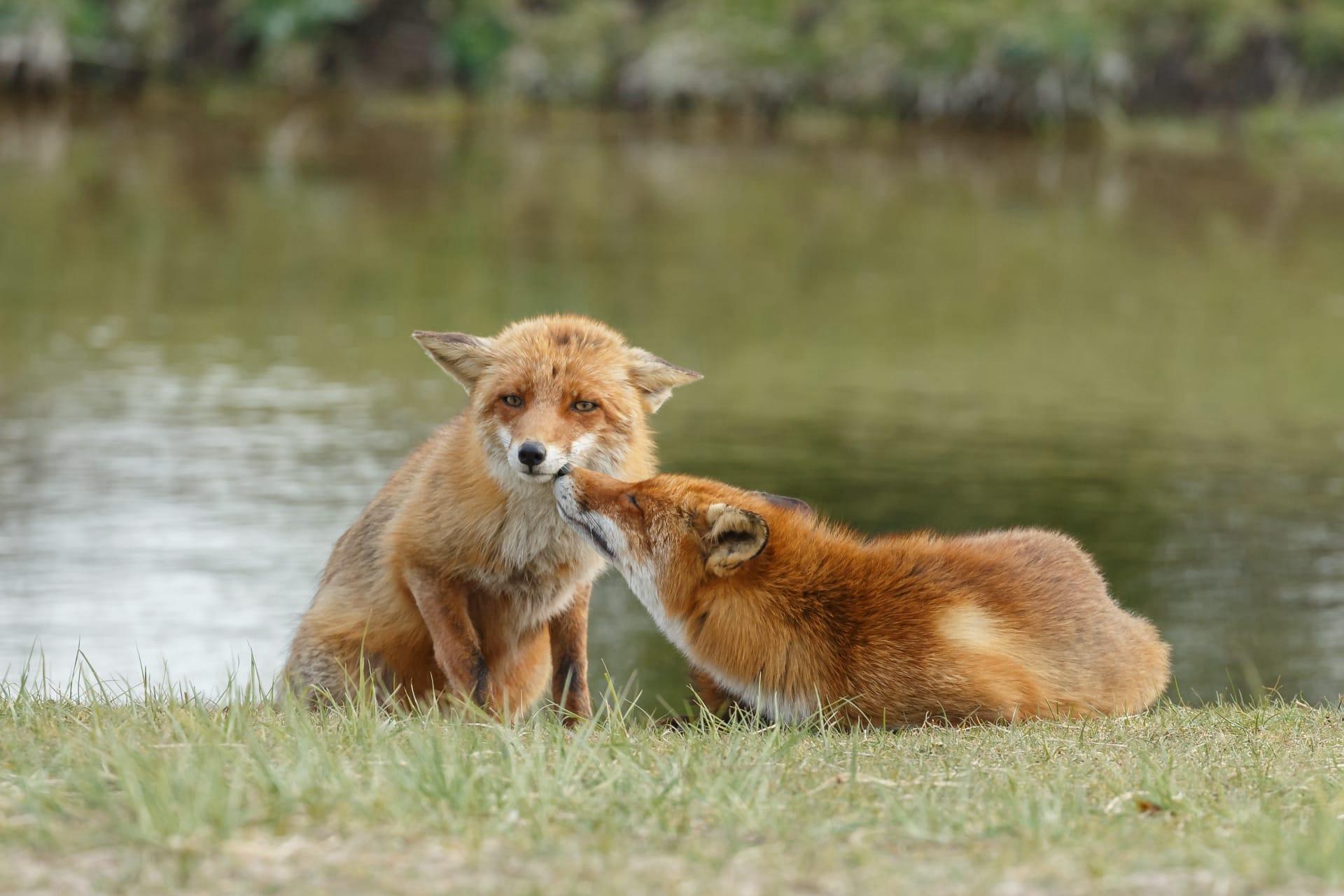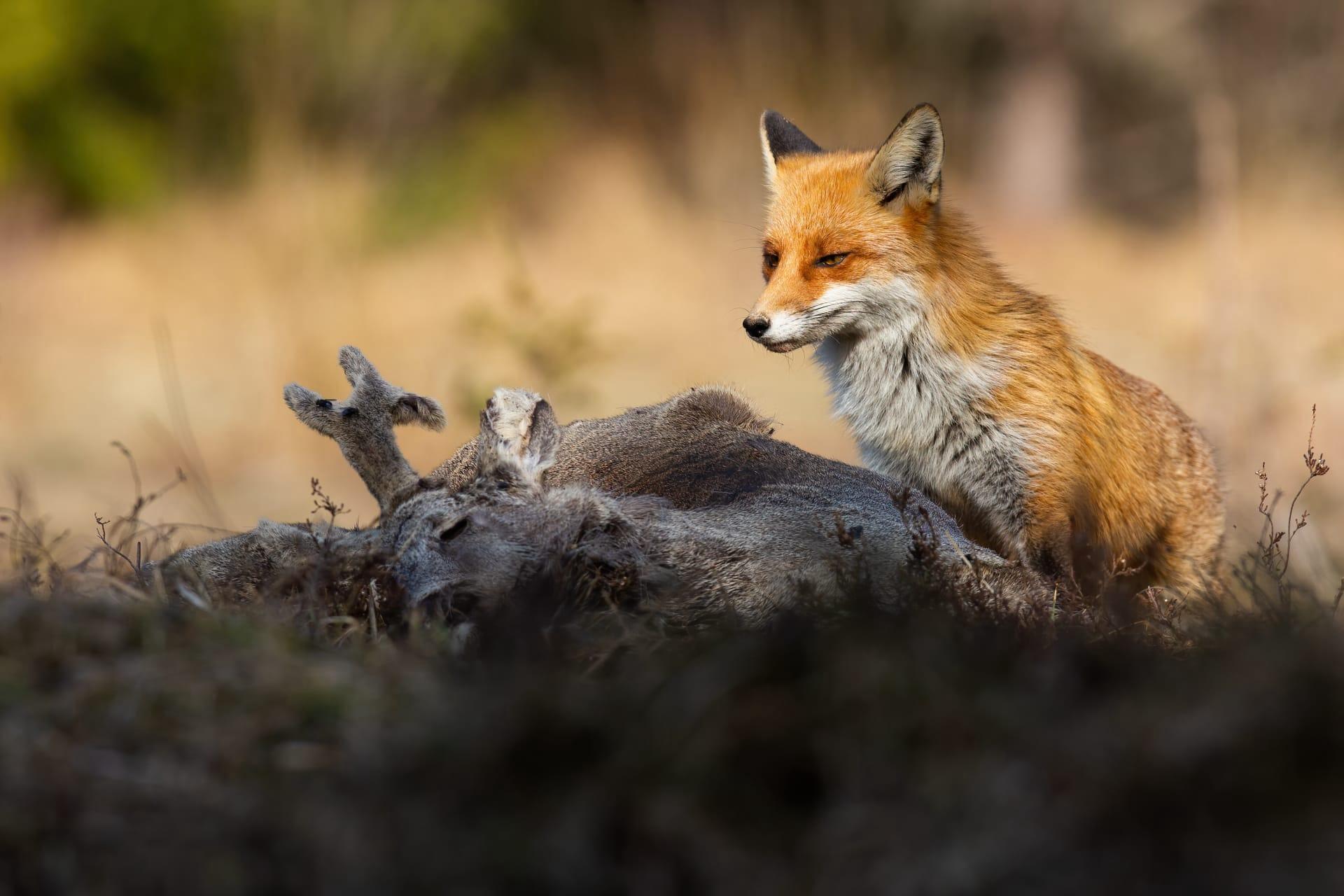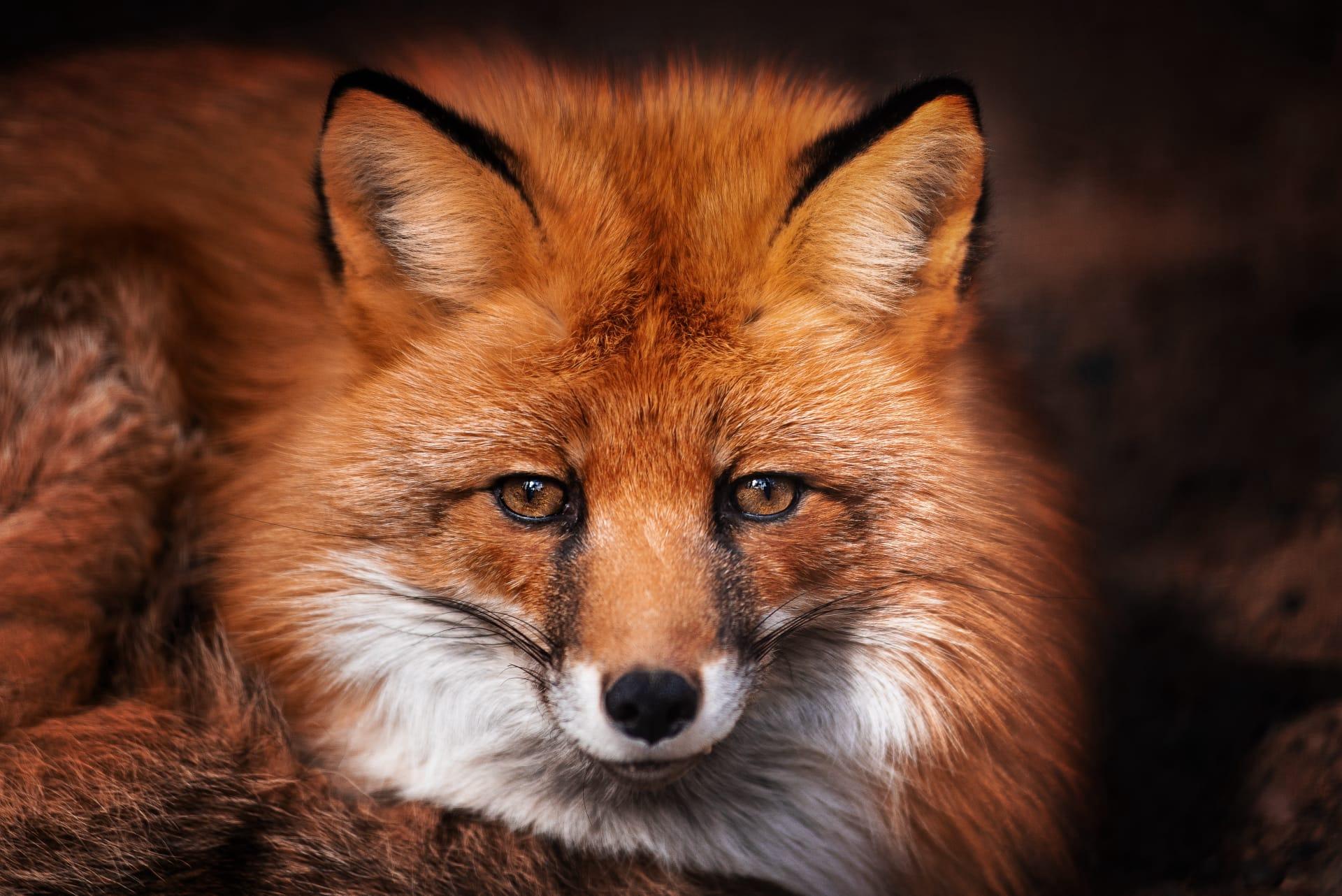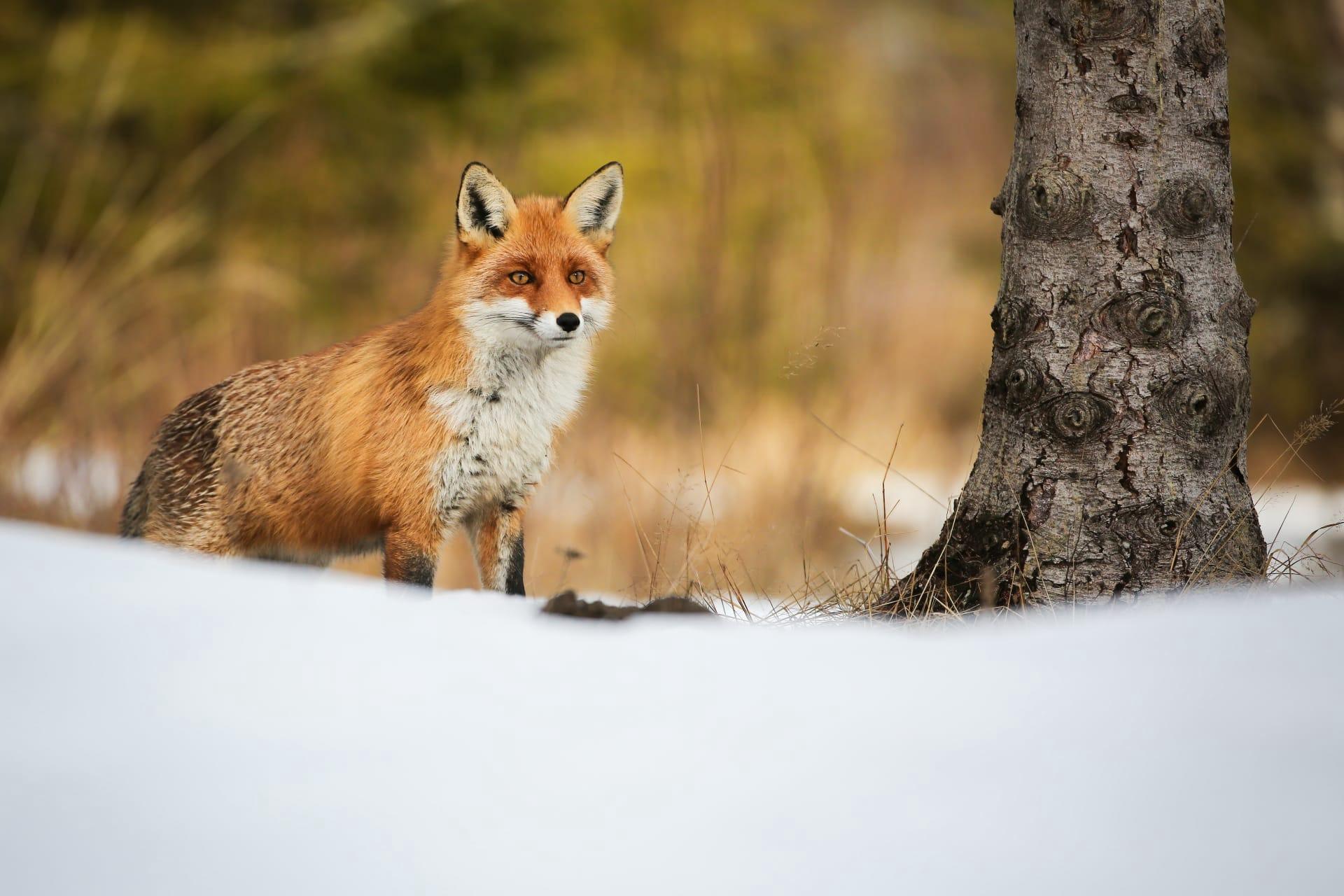Fox Characteristics
- Home /
- Mini Encyclopedia /
- Animal /
- Fox Characteristics
1
Foxes, members of the Canidae family, display a range of sizes across species. The smallest, the Fennec fox, weighs about 2.2 pounds and measures around 9.5 inches in body length, while the largest, the Red fox, can weigh up to 31 pounds and reach a length of 35 inches, not including their bushy tails which can add an additional 13.8 inches. Lifespan varies, with wild foxes living for about 3 to 4 years due to natural predators and environmental factors. However, in captivity, they can live up to 14 years.
One of the fox's most distinctive organs is its highly adaptable and sensitive set of ears. These ears are not just for acute hearing; they play a crucial role in hunting. Foxes use their triangular ears, which can rotate, to locate and capture prey under thick snow or vegetation. Their hearing is so refined that a fox can detect the faint squeak of a mouse from 40 yards away, making them exceptional hunters.

2
Question: Do foxes hibernate during winter?
Answer: Contrary to some beliefs, foxes do not hibernate during winter. They have a fur coat that adapts to seasonal changes, becoming thicker and more insulating during colder months. This adaptation allows them to maintain an active lifestyle throughout the year. During winter, foxes adjust their hunting and foraging habits to cope with the harsher conditions, often storing food in caches.

3
Foxes are known for their agility and speed, which are essential aspects of their movement characteristics. They can sprint at speeds of up to 45 kilometers per hour, making them swift predators. Foxes are also excellent jumpers, capable of leaping over 2 meters high fences, and climbers, often seen scaling trees.
In terms of hunting, foxes exhibit a unique hunting technique known as 'mousing.' This involves the fox listening for prey under the snow or ground cover, followed by a characteristic high pounce. This leap allows them to pin down their prey under the snow or leaves. Their diet primarily consists of rodents, insects, fruits, and occasionally small birds.

4
Foxes are adaptable creatures, inhabiting a variety of environments from deserts, Arctic tundra, to urban areas. This adaptability is key to their survival, as it allows them to find food and shelter in diverse settings. For instance, the Arctic fox changes its fur color to blend in with the snowy environment, providing camouflage against predators and prey.
Reproduction in foxes is marked by the male and female usually forming a monogamous pair. The female, or vixen, typically gives birth to a litter of 2-12 pups after a gestation period of about 52 days. The pups are born blind and rely on their mother's milk for nutrition. Both parents participate in raising the young, teaching them essential survival skills.

5
Book: "The Hidden Life of Foxes" by Adele Brand, published in the United Kingdom, 2019. This book delves into the secret world of foxes, exploring their behavior, intelligence, and the challenges they face in the wild and in urban settings. Brand, a wildlife ecologist, combines scientific research with personal observations to provide a comprehensive and engaging look at these fascinating creatures.
Book: "Foxes Unearthed: A Story of Love and Loathing in Modern Britain" by Lucy Jones, published in the United Kingdom, 2016. This book offers a cultural and historical perspective on the relationship between humans and foxes in Britain. Jones explores the various ways foxes have been perceived throughout history, from pests to beloved characters in children's books, and examines the controversies surrounding fox hunting and urban foxes.